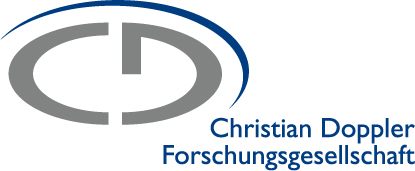CD Lab MaMSi
The CD Laboratory for Mathematical modelling and simulations for next generations of ultrasound devices focuses on developing new methods for prenatal ultrasound diagnostics. The long-term goal is to improve the diagnoses of patients who are currently difficult to image.
Funding: Christian Doppler Forschungsgesellschaft and GE Healthcare
MedUni Wien
- CIR-ELIA Team: Roxane Licandro, Johannes Tischer, Georg Langs
- Neuroradiology: Dr. Gregor Kasprian
- Department of Obstetrics and Gynecology: Dr. Julia Binder
- Center for Medical Physics and Biomedical Engineering: Dr. Michael Figl
Uni Wien: Dr. Otmar Scherzer (PI)
Project Summary
Ultrasound diagnostics have significantly changed the standard of medical examinations during pregnancy over the last 40 years. Today it is used as both a screening and diagnostic tool to examine the fetus. Ultrasound is now routinely applied for determining the duration of pregnancy, detecting multiples, identifying chromosomal abnormalities, physical impairments, and the risk of premature birth, among many other things. Increasingly, ultrasound is also being used for intra-uterine treatment of the fetus, i.e. in case of heart defects. All these applications require adequate imaging quality.
However, there are situations where image quality is insufficient or additional multi-modal examinations (like Magnetic Resonance Imaging - MRI) are required to take a diagnostic decision.
In the years 2025 - 2028, the extension of the CDL MaMsi with researchers from CIR, will focus on developing novel image fusion techniques for ultrasound and MR to enable the joint analysis of different modalities in a standard reference system. Our research focuses on developing novel algorithms for data representation, segmentation and advanced visualization for prenatal diagnostics. The multi-disciplinary team at MedUni Wien and Uni Wien unites experts in obstetrics, radiology, physics, computer science, mathematics and neuroscience to reach this goal.
Stay tuned for more updates!

